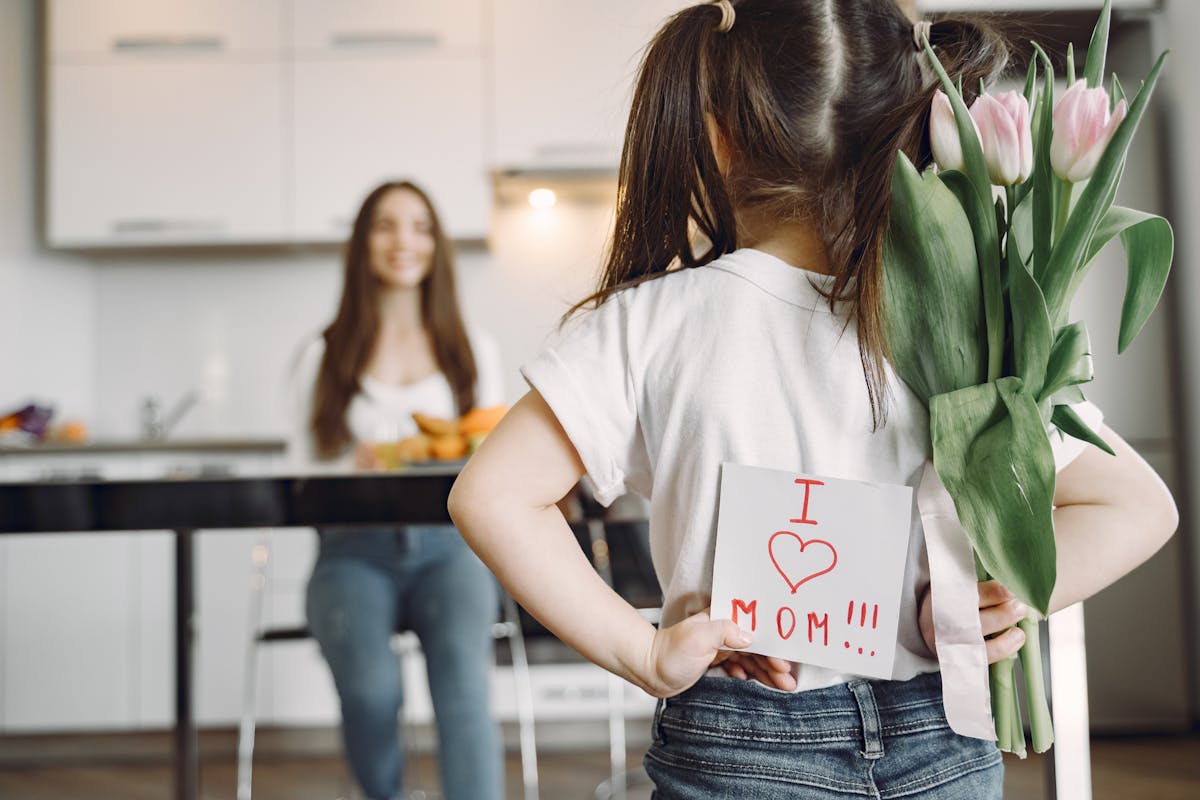Exploring Gratitude With Your Child
In a world that often moves at lightning speed, it’s easy—both for children and adults—to focus on what’s missing instead of appreciating what we have. That’s where gratitude comes in. Teaching your child to notice and value the good in their life isn’t just about good manners—it’s a powerful tool that can boost happiness, empathy, and resilience. Exploring gratitude with your child doesn’t have to be formal or complicated. It’s about nurturing a habit of appreciation in everyday moments. Here’s some advice from a Kingston Sixth Form on how you can start that journey together.
Model Thankfulness in Daily Life
Children learn more from what we do than what we say. When they see you expressing gratitude regularly, they begin to understand its importance.
Try this: Say “thank you” often—to your child, your partner, a stranger. Talk about things you’re grateful for during daily routines, like mealtime or bedtime. Let them hear you express thanks for both big and small things.
Create a Gratitude Ritual
Having a simple, consistent practice helps make gratitude a regular part of your child’s mindset.
Try this:
- Keep a family gratitude jar. Each day or week, everyone adds a note about something they’re thankful for.
- Start a “Three Good Things” routine at bedtime where your child names three things they enjoyed or appreciated that day.
- Use a gratitude journal for older children to reflect privately.
Teach the Why Behind Gratitude
Gratitude isn’t just about saying “thank you”—it’s about recognising the thought, effort, or kindness behind what we receive.
Try this: When your child receives a gift or favour, talk with them about why someone did that. Help them connect emotionally to the gesture, rather than just going through the motions of thanks.
Turn Challenges Into Opportunities for Gratitude
It might seem counterintuitive, but hard moments can also teach gratitude. Learning to look for silver linings helps children develop resilience.
Try this: After a tough day, ask, “Was there anything good that happened today?” or “What did you learn from this?” This builds the ability to find gratitude even in difficulty.
Involve Them in Acts of Giving
Gratitude and generosity go hand in hand. When children experience the joy of giving, they often become more aware of the things they have.
Try this:
- Volunteer together.
- Donate toys or clothes they’ve outgrown.
- Make cards or drawings for people they care about.
These activities help them understand that small acts of kindness can make a big difference.
Celebrate Progress, Not Perfection
Gratitude is a practice—not a personality trait. Some days your child may grumble more than give thanks, and that’s okay. The goal is to plant seeds that grow over time.
Try this: Notice and encourage moments when they show gratitude. Say things like, “That was thoughtful of you to say thank you,” or “I noticed how you appreciated that—well done.”
Exploring gratitude with your child helps them develop a mindset that sees the good in the world, values relationships, and responds to life with appreciation. It’s not just about raising polite children—it’s about nurturing emotionally strong, kind, and grounded individuals.
With small, consistent steps, gratitude can become part of your child’s daily life—one heartfelt thank you at a time.





